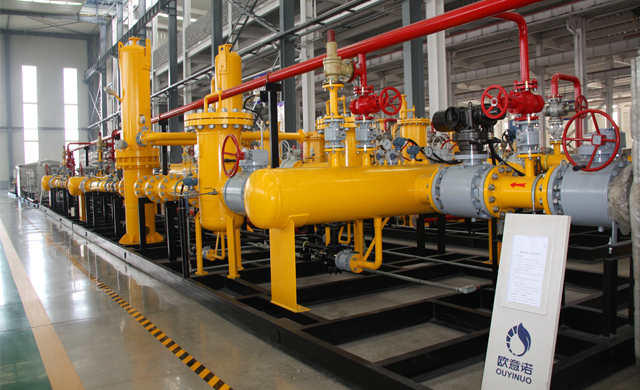
Nov . 24, 2024 06:12
Back to list
supercharger
The Evolution and Impact of Supercharger Technology
In the landscape of modern automotive engineering, the quest for efficiency, performance, and sustainability has been paramount. Among the innovations that have transformed the industry, the concept of the supercharger stands out as a pivotal advancement. This mechanical device, designed to increase the volume of air entering the engine, significantly enhances power output and overall vehicle performance. As we delve into the evolution and impact of supercharger technology, we uncover its historical significance, functioning, types, and the future it holds in the age of electric vehicles.
Historically, superchargers have their roots in the early 20th century. Initially developed for aircraft engines, the technology quickly found application in automobiles, aiming to enhance performance in a rapidly evolving market. The first supercharged car was the Mercedes-Benz 6/25/40 HP, produced in 1921, which showcased the potential of this technology to deliver impressive power enhancements. As the years rolled on, supercharger designs evolved, providing manufacturers with a means to improve their engines without increasing their size or weight significantly.
The fundamental principle behind a supercharger is relatively straightforward it compresses air and forces it into the engine's combustion chamber. More air molecules result in a denser energy mixture, allowing for more fuel to be burned, and ultimately generating more power. Unlike turbochargers that use exhaust gases to spin a turbine, superchargers are mechanically driven, usually through a belt connected to the engine's crankshaft. This direct drive system allows for immediate power delivery, which is a crucial factor in performance driving.
There are primarily two types of superchargers positive displacement and centrifugal. Positive displacement superchargers, including roots and twin-screw designs, provide a constant supply of air, ensuring low-end torque enhancement. On the other hand, centrifugal superchargers, which operate more like a turbocharger, are more efficient at higher RPMs and contribute significantly to high-speed performance. Each type has its own strengths and applications, catering to various performance needs and driving preferences.
supercharger

The impact of supercharger technology has been profound, spanning various automotive markets from performance vehicles to everyday cars. Enthusiasts have long lauded supercharged engines for their ability to deliver exhilarating acceleration and responsive power. From classic muscle cars to modern sports cars, supercharged engines have become synonymous with performance. Manufacturers like Ford, Chevrolet, and Audi have embraced superchargers, integrating them into their flagship models to meet the demands of speed enthusiasts and everyday drivers alike.
However, as the automotive industry shifts towards sustainability with the rise of electric vehicles (EVs), the future of supercharger technology is being redefined. Hybrid setups that combine electric power with supercharged internal combustion engines are emerging as a trend, offering the best of both worlds efficiency and performance. Brands like Porsche and BMW are experimenting with these configurations, providing consumers with powerful performance while reducing emissions.
Simultaneously, the advancements in battery technology and electric motors are changing the conversation around power delivery. The immediate torque delivery in electric motors rivals and often surpasses that of traditional combustion engines, diminishing the need for supercharging in fully electric vehicles. Nevertheless, the challenge of range in electric vehicles poses an opportunity for superchargers. Variable-speed supercharging could potentially facilitate hybrid systems or even provide charging assistance to electric vehicles by integrating with their design.
In conclusion, the evolution of supercharger technology has showcased its pivotal role in enhancing automotive performance over the past century. Despite the growing prominence of electric vehicles, the legacy of superchargers persists as manufacturers and enthusiasts explore new applications and configurations. As the automotive industry continues to innovate under the pressures of performance, sustainability, and efficiency, superchargers may adapt rather than become obsolete, ensuring their place in the future of transportation. The journey of supercharger technology is far from over; instead, it is evolving, integrating into the fabric of a new generation of vehicles that promise to deliver on both performance and eco-friendliness.
Next:
Latest news
-
Safety Valve Spring-Loaded Design Overpressure ProtectionNewsJul.25,2025
-
Precision Voltage Regulator AC5 Accuracy Grade PerformanceNewsJul.25,2025
-
Natural Gas Pressure Regulating Skid Industrial Pipeline ApplicationsNewsJul.25,2025
-
Natural Gas Filter Stainless Steel Mesh Element DesignNewsJul.25,2025
-
Gas Pressure Regulator Valve Direct-Acting Spring-Loaded DesignNewsJul.25,2025
-
Decompression Equipment Multi-Stage Heat Exchange System DesignNewsJul.25,2025

